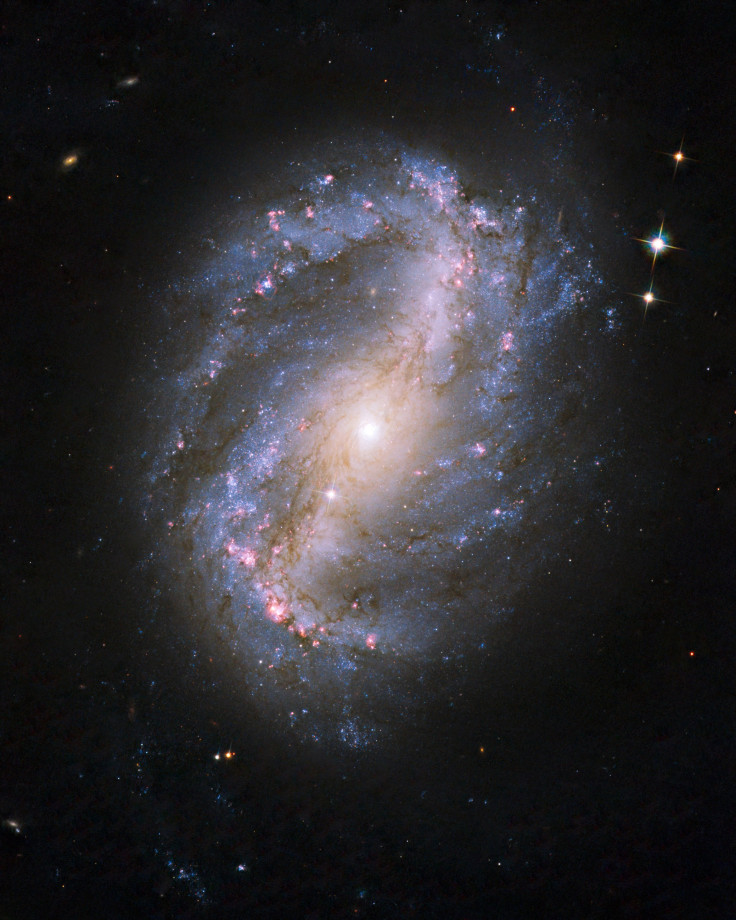NASA's Hubble Captures Shockingly Detailed Image Of Stunning Triangulum Galaxy [PHOTOS]
NASA and ESA's Hubble Space Telescope recently obtained a breathtaking, incredibly detailed photo of the Triangulum Galaxy, a spiral galaxy that is a close neighbor of the Milky Way.
The Triangulum Galaxy, which is also known as Messier 33 or NGC 598, is only three million light-years away and one of the most distant objects visible to the naked eye. To be able to create the panoramic survey of the 40 billion years that make up the Triangulum Galaxy, Hubble's Advanced Camera for Surveys captured 54 separate photos and created one gigantic mosaic. The end result is the most detailed image yet of the third-largest galaxy in our Local Group of galaxies with a whopping 665 million pixels. See the full image here.
While it is possible to observe the Triangulum Galaxy under excellent dark-sky conditions, the human eye will only see it as a faint, blurry object with an ethereal glow in the Triangulum (the Triangle) constellation. However, the detailed image released by the Hubble telescope clearly reveals the central region of the Triangulum Galaxy and its inner spiral arms.
While it is the third largest galaxy in the Local Group, the Triangulum Galaxy is also the smallest spiral galaxy among Milky Way's neighbors. The Triangulum galaxy is about 60,000 light-years across, which is much smaller than the Andromeda Galaxy that measures 200,000 light-years in diameter. The Milky Way is in the middle when it comes to size, measuring at around 100,000 light-years across.
Another difference between the Triangulum Galaxy and the two more popular spiral galaxies is that the former does not have a bright bulge in its center. It also doesn't have a bar connecting its spiral arms to the middle. What it does have, however, is a huge amount of gas and dust that allows for stars to be formed at a rapid rate of approximately one solar mass every two years.

Aside from size and appearance, the Triangulum Galaxy also lags behind Andromeda and Milky Way in terms of the number of stars they have. According to Science Daily, it has one order of magnitude fewer stars than the Milky Way. The Triangulum Galaxy also contains two orders of magnitude less than Andromeda.
Studying the images of the Triangulum Galaxy, along with those of the Milky Way, Andromeda Galaxy and the irregular Magellanic Cloud galaxies, will help scientists learn more about how stars are formed and evolve.
© Copyright IBTimes 2025. All rights reserved.





















